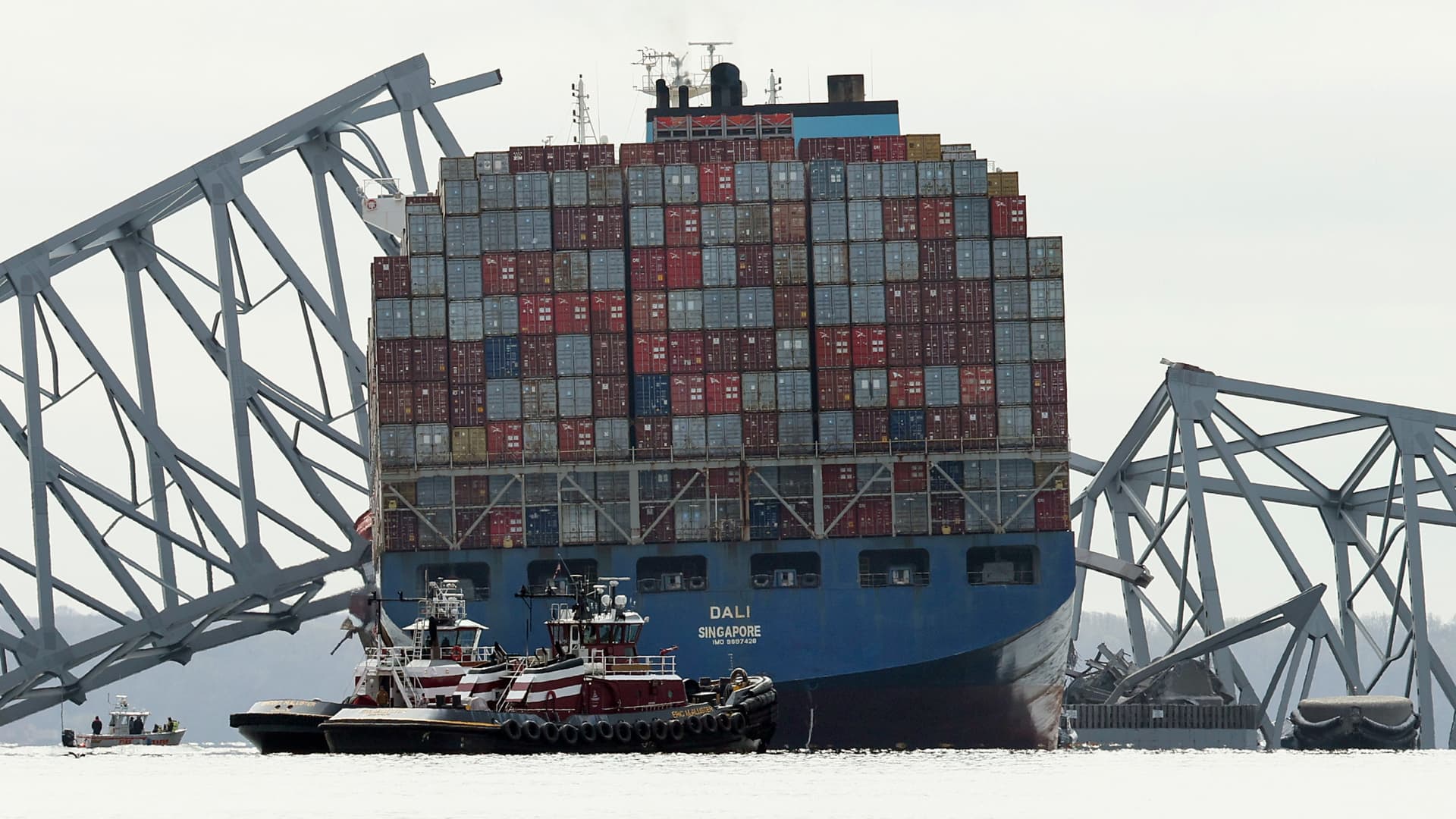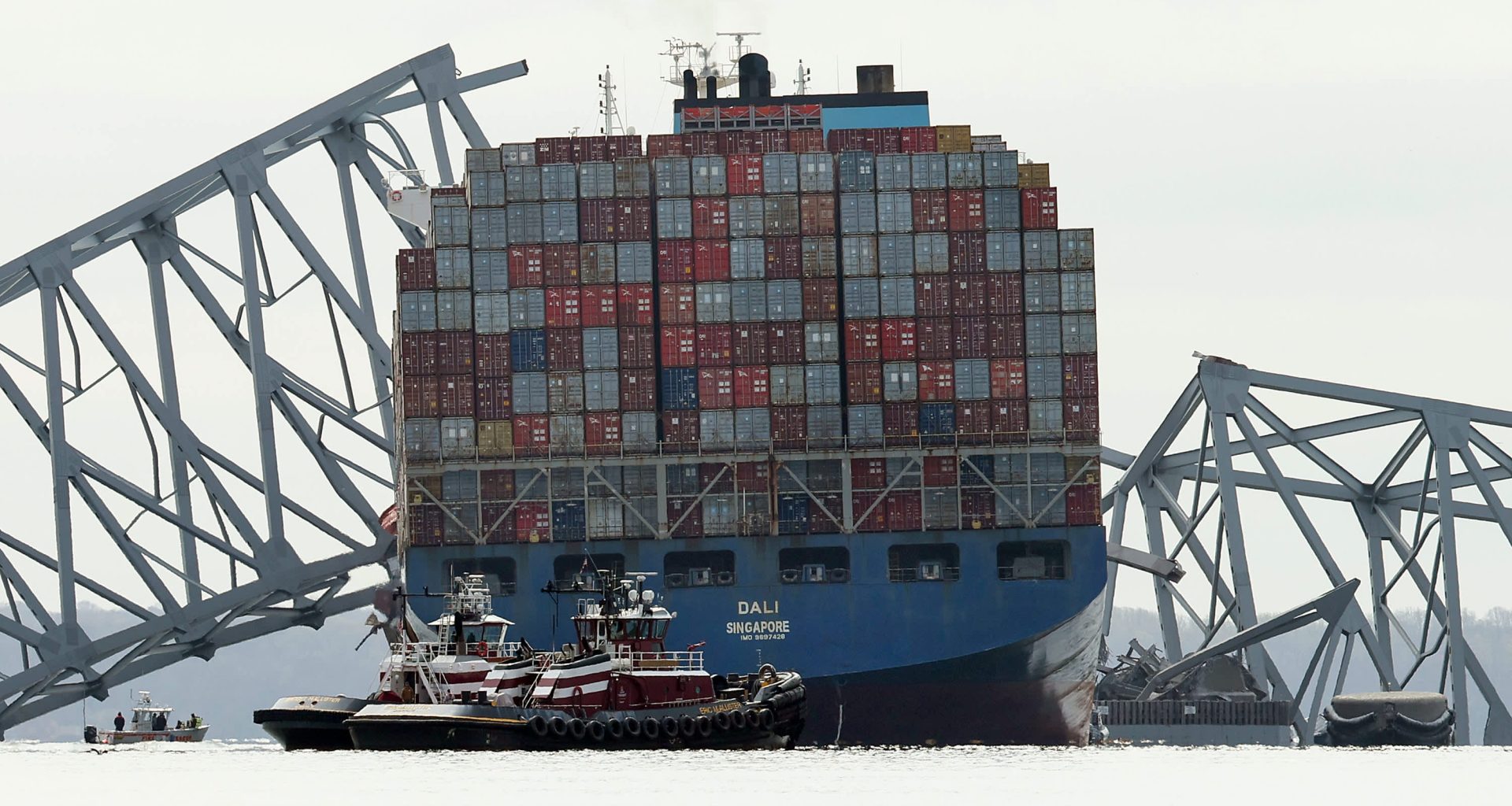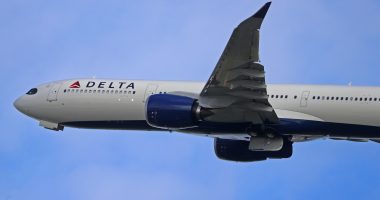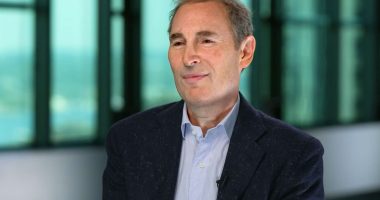
Ocean carriers are declaring “force majeure” due to the Baltimore port bridge crisis, telling logistics companies and U.S. shippers including retailers that once cargo is dropped off at alternate ports, it becomes their responsibility to pick up.
In an alert to customers Tuesday, CMA CGM wrote, “Those (containers) on the water will be discharged at an alternate port where they will be made available for pick-up, and CMA CGM’s bill of lading will terminate.”
It was the first ocean carrier to declare force majeure — the provision in a contract that frees parties from an obligation due to events beyond their control.
COSCO announced Wednesday morning that its services would “be concluded” once the diverted container arrives at the alternate port. Evergreen announced the same measure.
In contrast, Maersk is providing transport. “For cargo already on water, we will omit the port, and will discharge cargo set for Baltimore, in nearby ports. From these ports, it will be possible to utilize landside transportation to reach final destination instead,” Maersk said in an alert to customers. Though it noted that the situation remains fluid. “We are still working through the various contingencies with our customers and will continue to provide both specific and general customer advisories as the matter progresses,” it said.
Ocean carriers Hapag Lloyd and MSC did not respond to requests for comment about their plans.
Logistics executives tell CNBC the next 36 hours will be critical in the movement of the diverted trade away from the Port of Baltimore after the deadly accident of the 10,000-container capacity containership Dali crashed into the Francis Scott Key Bridge in the early hours of Tuesday.
According to ImportGenius, the Dali unloaded freight on March 24 which included clothing and household goods that could be on the diverted vessels, also ranged from approximately 80 containers of Satsuma mandarin oranges, approximately 74 containers of IKEA products and furniture to 104 containers of Electrolux products including chest freezers, air conditioners, and microwaves.
The Port of Baltimore is also No. 1 in the U.S for auto/light truck and agriculture tractor imports and exports.
The supply chains for major wood panel importers, including Lumin Forest Products, Sudati, and Arauco, also rely heavily on Baltimore.
“The impact of the Baltimore port stoppage on construction and contractor supply chains may be significant,” said William George, director of research for ImportGenius.
One problem, according to logistics managers, is that ocean carriers are not updating their vessel transits fast enough to alert them to the new diverted port so they can plan for their customer’s container pick-up.
Paul Brashier, vice president of drayage and intermodal at ITS Logistics, tells CNBC it is fielding calls from clients asking where their containers are going. “They are concerned they will be charged container late fees [detention and demurrage] if they don’t get their containers out of the terminals as soon as possible.”
The urgency of picking up diverted containers has increased as ocean carriers declare “force majeure” on Baltimore-bound containers once the boxes arrive at the diverted port, and companies who have imported their products need to to find transportation to move the cargo before container late fees are charged.
“The biggest thing we are seeing from our data integrations with the ocean carriers is we are not seeing the port of discharge updated yet,” Brashier said, citing the ITS Logistics’ ContainerAI platform. “So what we are doing now is we will have to manage logistics of containers through the data given to us by the terminals. But that means we are alerted when the container has already arrived, versus planning while the container is still en route to the port.”
Once a container arrives at a terminal, the clock begins ticking on the free time allocated to a container. Once that free time expires, the detention and demurrage fees start.
“We are looking to see if terminals will either give an extension of free time or waive the fees,” Brashier said. “That’s the rub right now.”
Tracking containers diverted from Baltimore
To help navigate the supply chain slowdowns during crises and disruptions, the U.S Department of Transportation created a private/public digital platform for supply chain monitoring called Freight Logistics Optimizations Works (FLOW.) It was created two years ago and has since expanded to over 70 participants, and an additional 60 plus companies waiting to be onboarded.
FLOW has partnered with retailers including Home Depot, Nike, Walmart, and Target; railroads Union Pacific and BNSF; and logistics providers CH Robinson, DHL, and FedEx. The aggregation of data from these participations provides a platform where real-time data analysis can be made on port and inland network congestion and can monitor unexpected cargo shifts caused by world events, such as the unfolding accident at the Port of Baltimore.
Officials from the DOT’s Office of Multimodal Freight tell CNBC they have heard from FLOW ocean carriers and shipper members, and they are evaluating near-term and medium-term options to divert their cargo given the collapse of the Francis Scott Key Bridge.
“Because FLOW helps us see real, forward-looking data on ocean bookings 15, 30, 45 and 60 days out, participating in this data-sharing program means we could start seeing industrywide where those re-bookings are gravitating to,” said Matt Castle, vice president for global forwarding at CH Robinson, adding that all ocean bookings in and out of Baltimore have to be rescheduled until the port is operational again. “Before we send our customers’ cargo to those ports, that should be helpful in ensuring they have enough equipment, have enough appointments and are staffed accordingly,” he said.
While the FLOW program has expanded considerably over the last two years, not all East Coast ports are in the database. Out of the diverted ports, New York/New Jersey and Savannah, are included.
“But that’s a start,” Castle said.
Rail and truck service concerns
CH Robinson expects rail services to return to Baltimore later this week, but Castle added, “Ocean containers headed to the port, primarily from Chicago, will pile up and not be able to move outbound for export.”
Val Noel, COO at TRAC Intermodal, the largest marine chassis provider and pool manager and a member of FLOW, tells CNBC the east-bound boxes out of Chicago, either export loads or revenue empties, will be held for a period of time at rail terminals in Chicago.
Officials from the DOT’s Office of Multimodal Freight told CNBC that FLOW is not yet capturing export cargo. However, the booking data it does have will be enable participants to see changes in trends relative to truck vs. rail bookings coming into the key impacted ports receiving the diverted trade.
One of the biggest concerns among logistics companies is availability of chassis for both truck and rail to handle the diverted cargo. Logistics managers have told CNBC the ports of Savannah, Brunswick, Virginia, Charleston, and New York/New Jersey are expected to be receiving the diverted freight. The ports tell CNBC they can receive the extra cargo, but logistics managers are concerned about the availability of chassis to receive the extra freight.
“For our company, we have plenty of supply in Philadelphia and New York/New Jersey to handle any diverted cargo,” said Val Noel, COO at TRAC Intermodal, the largest marine chassis provider and pool manager and a member of FLOW. “We don’t supply chassis in Norfolk or Charleston and these are Port Chassis Pools.”
Mike Wilson, CEO of Consolidated Chassis Management (CCM) which is the sole manager and chassis provider for SACP 3.0., said: “If cargo is diverted, it should also go to New York and Norfolk, and we should be able to serve the ports of Wilmington, Savannah and Jacksonville.”
“Once the steamship line (SSL) finalizes the diversion plan to discharge import volume, the SSL will redirect the outbound boxes holding in Chicago to allow the outbound vessel to be fully profiled. While there could be an initial delay, the supply chain should be able to pivot to the diverted gateways and minimize any significant congestion issues,” Noel said.
Alan Baer, CEO of OL USA, tells CNBC he has containers on the Dali.
“We have cargo going to UAE, Saudi, Doha, India and Bangladesh,” said Baer. “For our U.S. customers, our imports are being diverted to New York/New Jersey and Virginia (Norfolk), cargo for the Midwest was originally headed to Norfolk. Our Midwest exports we think will be sent to NY, Norfolk as well, plus Montreal.”
Stephen Edwards, CEO of the Port of Virginia, said its operating team is already working with ocean carriers whose vessels were due to call Baltimore and offering the capability to discharge cargoes as requested. “The Port of Virginia has a significant amount of experience in handling surges of import and export cargo and is ready to provide whatever assistance we can to the team at the Port of Baltimore,” Edwards said.
Read More: World News | Entertainment News | Celeb News
CNBC










